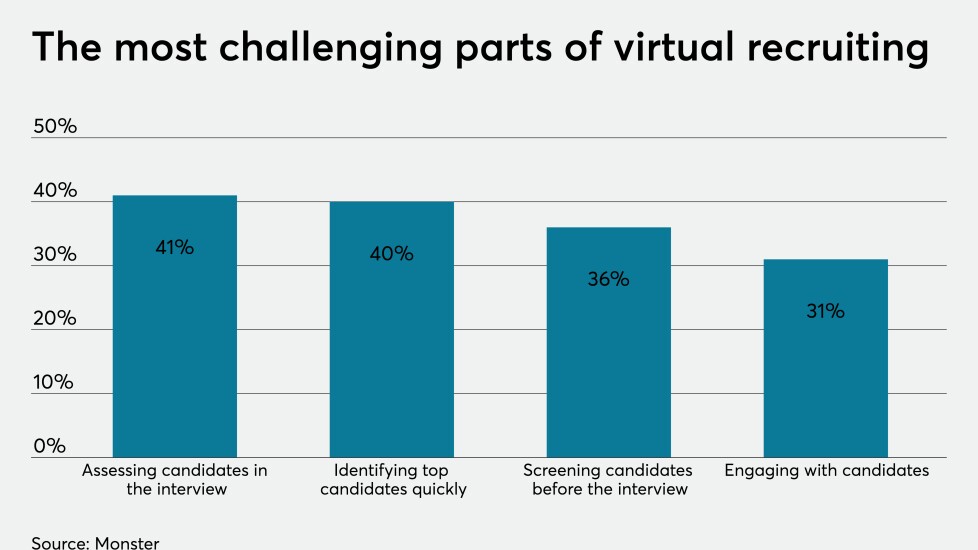Organizations are picking up the pieces and rebuilding stronger, more resilient workplaces one year into the COVID-19 pandemic.
Employers have had to navigate a fluctuating workplace population as women and people of color have left the workforce at high rates. While many organizations made layoffs at the start of the pandemic, more than 80% plan to hire new employees or rehire previously laid off or furloughed workers, according to Monster.
Managers and HR professionals are adopting new tools and benefits to help them recruit and retain top talent. Prospective employees are also looking for workplaces that are committed to diversity and inclusion and have an engaging and positive workplace culture.
See more of how employers are navigating the remote recruiting landscape and attracting new talent in this week’s top stories:






